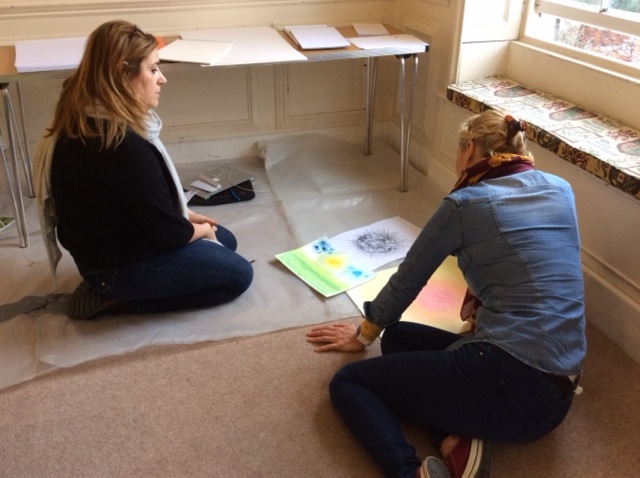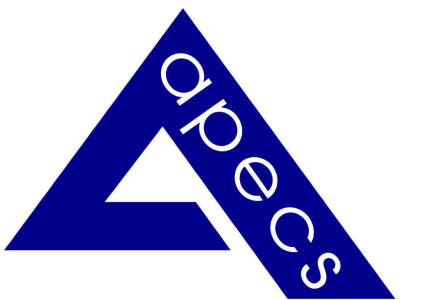
There’s a week left to book for our 28th March session on Art in Coaching with Anna Sheather. Martin Vogel of the APECS Events Team took Anna’s course last year and explains why he’s an enthusiast.
When I took the pilot of Anna Sheather’s Art in Coaching course last Autumn, I was struck by what a fresh approach to coaching she offers. Anna breaks new ground not just by bringing the making of art images into the realm of coaching practice but also through integrating a wealth of relevant theoretical inputs including mindfulness, art therapy and Iain McGilchrist’s divided brain work. She thus provides a robust rationale for exploring this particular avenue – its ability to quieten the left brain and allow the right brain to communicate in its non-verbal way. The approach is good for accessing intuition, emotional depth and complexity and helps coachees to avoid getting locked into left brain certainties which may be mistaken.
If you haven’t got your ticket yet, stop reading and book now with Eventbrite. If you still need convincing, read on.
The model in simple terms entails the coach inviting their client to make an artwork and then using the artwork as the springboard to a coaching conversation. Because it short-circuits a certain amount of narrative exposition, it can elicit deep insights remarkably quickly. So it calls for great competence, on the part of the coach, in creating safety around what might come up.
One of the first things I noticed, in being invited to make artworks, was resistance on account of my lack of mastery in drawing. This is something many of our clients might face if we ask them to draw. The work isn’t about making pleasing images, but for many of us there are inhibitions about putting marks to paper. This perhaps goes back to how we experienced art at school. But perhaps there’s also some awareness of what we are revealing about our inner selves that makes us cautious. But there is reward in surrendering to the discomfort. My own images moved from figurative to abstract over the two days of the course – and the more abstract they became, the richer the coaching conversation that ensued.
And that’s the other thing I noticed in being a coachee. The facility with art is a build. My drawings became more fluid and more open to creative risk. So as a coach, one needs to invite the client into a process not a one-off act – making it a familiar part of the coaching journey in order to reach parts that simply talking doesn’t reach.
As a coach using art, the role is not to interpret the client’s work but to be in the service of their meaning-making. Since the meaning may not be readily apparent for the coachee, best practice for the coach is to make non-judgmental and non-interpretive observations about the work and invite the client to connect with them. So less “Your image looks very threatening,” and more, “What made you choose red here?”
If any of this piques your interest, Anna’s session on 28th March offers a perfect taster. There’s no need to be a great artist. Just bring a willingness to play with your boundaries – as artist/non-artist and coach – and be prepared to have your mind opened about the ways we can enter coaching conversations.
Art in Coaching
28th March 2017, 6.30pm to 8.30pm
Space in Marylebone, 10 Daventry Street, London NW1 5NX
Members £30; Non-members £35
